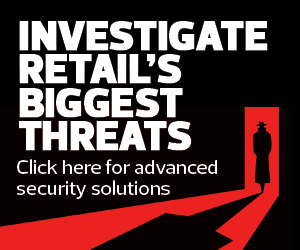Retailers Increase Their Use of AI-Powered Video
According to the NRF, 52.4 percent of retailers are increasing budgets specifically for capital and equipment. “Retailers are implementing a variety of technological solutions, from artificial intelligence-based video analytics at point of sale/self-checkout to self-service locking cases, autonomous security robots and license plate recognition,” the NRF notes.
Retailers are increasing their deployment of advanced video the most at checkout stations. Stores’ increasing use of self-checkout technology has helped mitigate chronic staff shortages and move customers through the checkout process more efficiently, but it’s also come with an increase in shrinkage.
Common self-checkout theft tactics include ticket and product switching, where individuals use barcodes from less expensive items to ring up more expensive items. Meanwhile, at staffed checkout stations, retailers are battling tactics such as “sweethearting,” where employees provide a friend or associate favorable treatment when ringing up items. Transactions where there is no customer present at all also is often a sign the transaction is fraudulent.
Click the banner below to learn how enhanced video surveillance can help prevent retail loss.












